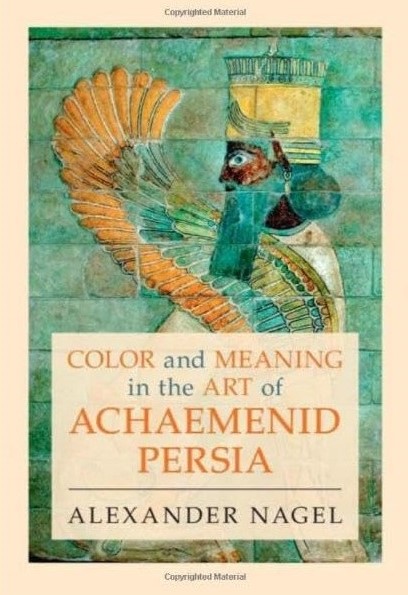
Color and Meaning in The Art of Achamendi Persia
By
Publisher Cambridge University Press
Pub Date 2023
Pub Location DE
Isbn 9781009361293
Course(s)
Description
The present book investigates the function of polychromy in the art and architecture of ancient Iran, which has a significant role in applying technology in the ancient world and reconstructing ancient monuments, particularly Persepolis, a grand and valuable monument, from the Achaemenid era. The author of this volume utilizes modern scientific and documented methods to examine color, as an element, both monochrome and polychrome, in the art and architecture of the Achaemenid era. Nagel conducted an in-depth field research within his two-year presence in the Persepolis. There, he examined the stone monuments and the Persepolis monuments to identify the areas and spots which had a trace of color left on them, and following that carried out scientific examinations on them. In 2007 he started a series of projects to survey and comprehend the role of pigments and colors on historical monuments by visiting UNESCO World Heritage sites of Iran in Persepolis and Susa. Nagel continued his research until 2022, both as fieldwork and in museums, and has offered his achievements in this book.
The most significant concepts discussed in the six chapters are as follows: introducing the theoretical framework of the concept and background of polychromy and its role in the arts of Ancient Western Asia, study and documentation of polychromy in the art of Achaemenid era during nineteenth century, initial methods in the documenting tradition of ancient monuments, the progress of studies in the twentieth century on polychromy in the Achaemenid art, challenges of documentation and preserving polychromy remnants in the Achaemenid art, the meaning of color in the Achaemenid art, and the importance of surfaces and search for authenticity in understanding the art and culture of Iran in Achaemenid era.
|